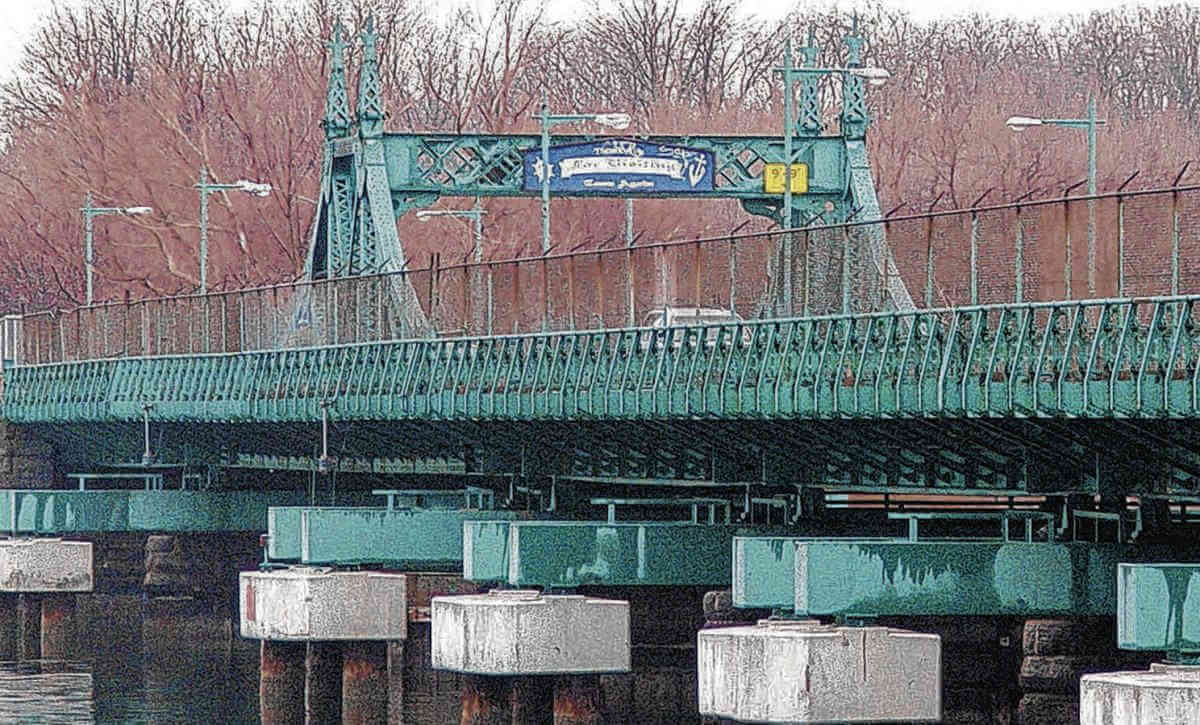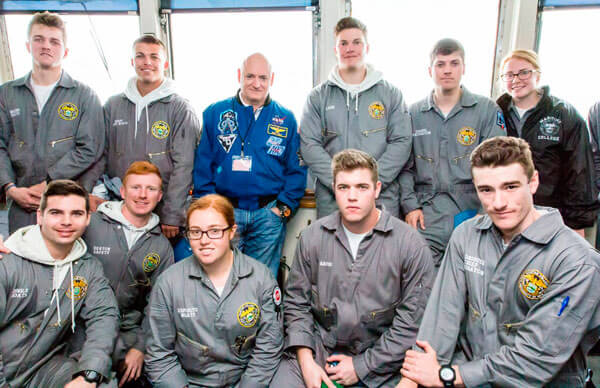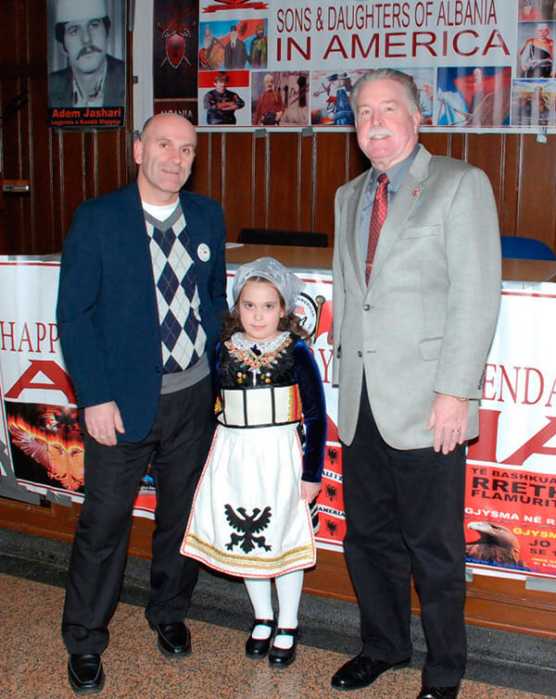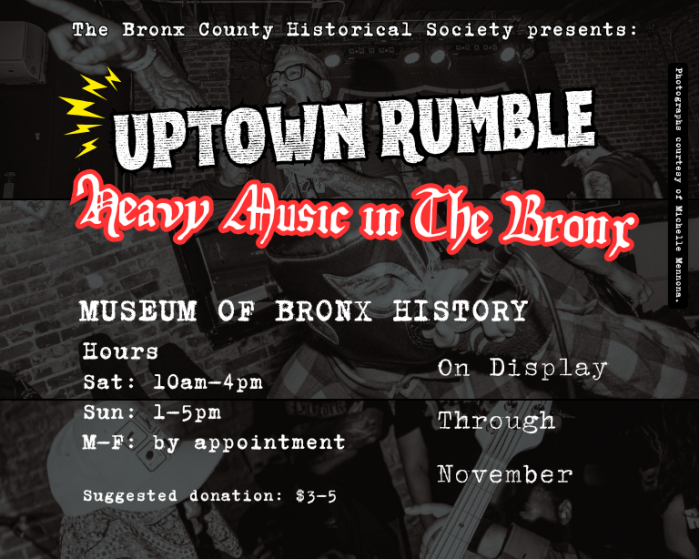Part of the old City Island Bridge that served the community for over a century is getting a second life.
The NYS Department of Environmental Conservation is using some concrete and steel from the former bridge, which was decommissioned in 2015, to expand an artificial reef located on the Hempstead Reef in the waters off Long Island.
Under the guidance of DEC, and as part of a New York state effort to expand marine wildlife for a richer and more diverse underwater ecosystem, 47 steel caissons that are 34 feet in length that once supported the City Island Bridge were deployed to the underwater reef.
“These concrete and steel bridge materials will enhance the local marine habitat and fishery populations, benefitting both anglers and divers frequenting New York’s artificial reefs,” said Basil Seggos, DEC commissioner, of the latest addition to the agency’s Artificial Reef Program.
Seggos said that NYC Department of Transportation and Tutor Perini, the contractor who deconstructed the 1901-era bridge and built its modern replacement, collaborated “in helping to secure these materials for an innovative and creative use that would have otherwise seen them end up in a landfill.”
Barbara Dolensek, City Island Civic Association vice-president, said that the residents she spoke to were pleased by DEC’s plan.
“Everyone that I spoke to is glad that the City Island Bridge is being put to some good purpose,” said Dolensek, adding “they are pleased to hear that they are not just throwing the bridge away.”
Tommy Breen, who along with his brother James Breen, made a documentary film about the bridge reconstruction called ‘The New City Island Bridge,’ also was supportive of the idea.
Breen said that much of what is being used in the artificial reef, including pilings and large box beams, were installed as part of a major renovation of the turn-of-the-20th century bridge that took place approximately 45 years ago.
These materials supported the bridge’s foundation, he said.
Breen said that the reuse of these materials for an artificial reef puts them to a beneficial use. Based on his knowledge it is difficult to separate integrated materials like these for recycling.
Another factor that contributed to the reef project was that the materials were already on a barge.
“It is going to help wildlife, so why not do it,” he said.
Putting the super structure portion of the bridge in the reef would probably not be an option because it might contain remnants of lead paint that could be damaging to the environment, he said.
Paul Mankiewicz, a biologist who lives on City Island, said that the artificial reef created by the bridge will improve the sea environment because organisms that are part of the food chain will grow on them.
He also believes similar structures can be reused in other innovative ways.
“We should really look at these kind of things to protect the coast,” he said, adding similar reused materials could be repurposed as barriers that divert or slow down water surges caused by major storms.























